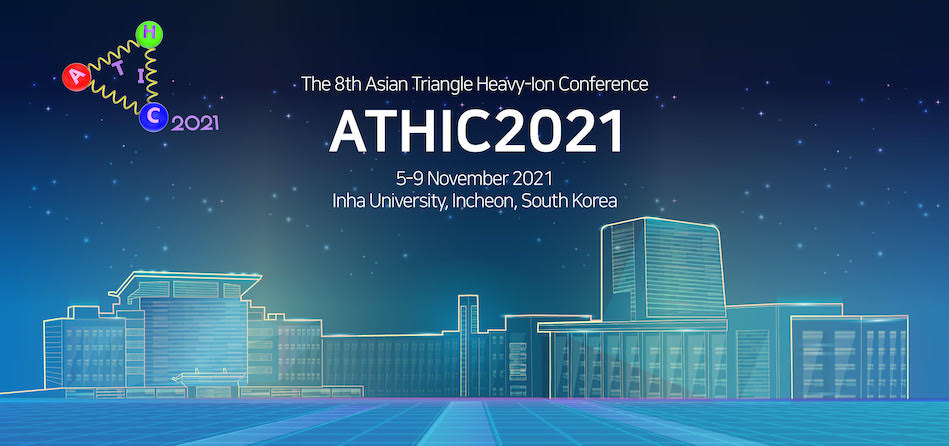Speaker
Description
One of the key ingredients in hadron physics based on QCD is the notion of diquark correlations, which in turn could lead to the color superconductivity (CSC) in dense and cold quark matter with a Fermi surface to be realized in a compact star. One of the main focuses of recent experiments using heavy-ion collision is to reveal possible rich physics in high baryon-density matter at relatively low temperature: Such experiments include the beam-energy scan program at RHIC, and HADES and NA61/SHINE collaborations as well as those to be performed in future experimental facilities such as FAIR, NICA and J-PARC-HI. In the present report, we show how diquark correlations or pair fluctuations in dense quark matter affects the dilepton production rate. On the basis of the two-flavor NJL model, we calculate the Aslamazov-Larkin, Maki-Thompson and Density of States terms due to diquark correlations, which are known to give rise to anomalous excess of electric conductivity in metals in the vicinity of the critical temperature of superconductivity. The calculations show that the dilepton production rate is enhanced in the low energy region in an anomalous way due to the diquark correlations which persist even away from the critical temperature of CSC, and thus confirms semi-quantitatively the previous result obtained with the use of the time-dependent Ginzburg-Landau theory.
